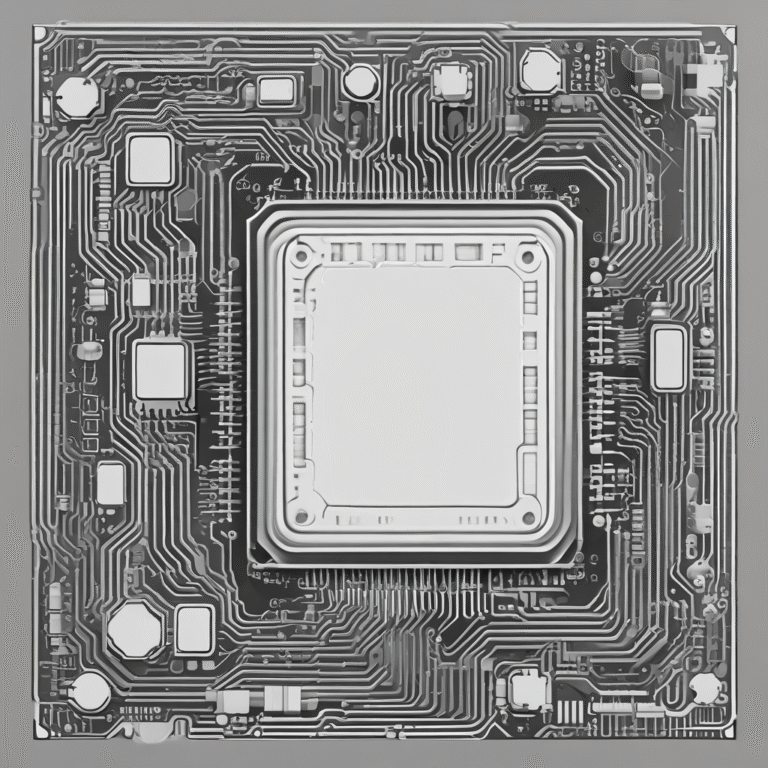Introduction to the EU AI Act
In recent years, the conversation around whether to ban artificial intelligence has gained momentum, particularly within the European Union. The EU AI Act represents a groundbreaking regulatory framework designed to address the complexities and potential risks associated with AI technologies. By adopting a risk-based approach, the EU AI Act aims to balance innovation with safety, ensuring that AI systems operate within ethical and legal boundaries. This legislative process reflects growing international concern over AI’s implications and sets a precedent for global AI governance.
Risk-Based Categorization of AI Systems
The EU AI Act categorizes AI systems into four risk tiers: minimal, limited, high, and unacceptable. This classification helps determine the level of regulatory scrutiny required for each system, offering a systematic approach to AI oversight.
Unacceptable Risk
AI systems deemed to present an unacceptable risk are outright banned under the EU AI Act. This includes AI applications such as government-run social scoring systems and manipulative AI designed to exploit human vulnerabilities. These practices are seen as fundamentally incompatible with EU values and human rights.
High-Risk AI Systems
High-risk AI systems are subject to stringent requirements due to their potential impact on critical sectors. Examples include AI used in employment, healthcare, and essential infrastructure. These systems must meet rigorous standards for data quality, transparency, and human oversight to ensure their safe deployment.
Limited Risk AI Systems
AI systems classified as limited risk, such as chatbots with transparency obligations and deepfake technologies, require less stringent oversight. While not deemed as dangerous, they must still adhere to specific transparency and user notification guidelines to maintain trust and accountability.
Minimal Risk AI Systems
Technologies like AI-enabled spam filters and video games fall into the minimal risk category. These systems are considered to pose negligible risks to users and the broader society, requiring minimal regulatory intervention.
Prohibited AI Practices
The EU AI Act outlines a comprehensive list of prohibited AI practices as part of its efforts to ban artificial intelligence that poses significant threats to individuals and society. These prohibitions include:
- AI systems that manipulate human behavior or decision-making.
- Social scoring systems utilized by public authorities for surveillance or discrimination.
- Future updates may expand this list as new technologies emerge and societal values evolve.
Compliance Requirements for High-Risk AI Systems
High-risk AI systems must comply with several critical requirements to operate legally within the EU. These include:
- Technical Documentation and Recordkeeping: Providers must maintain detailed records of AI system operations and decision-making processes.
- Human Oversight: Systems must incorporate mechanisms for human intervention and oversight, ensuring that automated decisions can be reviewed and altered if necessary.
- Data Quality Standards: High-quality training and validation datasets are essential for minimizing bias and ensuring accurate AI outputs.
- Conformity Assessments: Third-party audits and assessments help verify compliance with EU regulations.
Real-World Examples and Case Studies
The implementation of the EU AI Act offers valuable insights into how various industries are adapting to these new regulations. For instance, the healthcare sector employs high-risk AI systems for diagnostics and treatment planning, necessitating rigorous compliance measures. Meanwhile, in finance, AI-driven credit scoring models must adhere to strict transparency and fairness standards.
Companies across sectors are taking proactive steps to align with the EU AI Act, often involving significant investments in AI governance and compliance infrastructure. These efforts highlight the growing importance of regulatory frameworks in shaping the future of AI development and deployment.
Actionable Insights and Best Practices
To effectively navigate the complexities of the EU AI Act, organizations can adopt several best practices:
- Conduct Thorough Risk Assessments: Regular evaluations of AI systems help identify potential risks and opportunities for improvement.
- Implement Robust Data Governance: Ensuring data quality and integrity is crucial for compliance and enhances the reliability of AI outputs.
- Ensure Transparency: Clear communication about AI-generated content and decision-making processes fosters trust among users and stakeholders.
Challenges & Solutions
While the EU AI Act provides a robust framework for AI regulation, several challenges remain:
- Balancing Innovation and Compliance: Organizations must innovate while adhering to regulatory standards, which can be resource-intensive.
- Managing Data Quality and Bias: Ensuring diverse and representative datasets is essential for reducing bias in AI systems.
- Maintaining Transparency and Trust: Users must understand and trust AI-driven decisions, necessitating clear communication channels.
Solutions to these challenges include implementing rigorous testing and validation processes, utilizing high-quality training data, and establishing transparent communication strategies.
Latest Trends & Future Outlook
The EU AI Act continues to evolve, with recent updates and amendments reflecting the dynamic nature of AI technologies. Globally, the act’s influence is evident as other regions consider similar regulatory approaches. Emerging trends include increased focus on AI explainability, transparency, and ethics integration into broader regulatory frameworks.
As the landscape of AI governance evolves, organizations and policymakers must remain agile, adapting to new developments and ensuring the ethical and responsible use of AI technologies.
Conclusion
The call to ban artificial intelligence in certain contexts underscores the need for comprehensive regulation, as exemplified by the EU AI Act. By categorizing AI systems based on risk and establishing strict compliance requirements, the act seeks to protect individuals and society from AI-related harms. As enforcement regimes develop across EU countries, companies and institutions must adapt to these new regulations to ensure the safe and ethical deployment of AI technologies. Ultimately, the EU AI Act represents a significant step forward in the global effort to balance innovation with responsibility in the realm of artificial intelligence.









